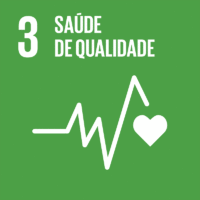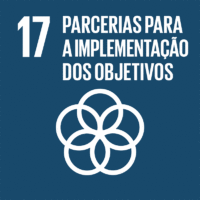Ciência_Iscte
Publicações
Descrição Detalhada da Publicação
Genetic population structure of Anopheles gambiae in Equatorial Guinea
Título Revista
Malaria Journal
Ano (publicação definitiva)
2007
Língua
Inglês
País
Reino Unido
Mais Informação
Web of Science®
Scopus
Google Scholar
Abstract/Resumo
Background
Patterns of genetic structure among mosquito vector populations in islands have received particular attention as these are considered potentially suitable sites for experimental trials on transgenic-based malaria control strategies. In this study, levels of genetic differentiation have been estimated between populations of Anopheles gambiae s.s. from the islands of Bioko and Annobón, and from continental Equatorial Guinea (EG) and Gabon.
Methods
Genotyping of 11 microsatellite loci located in chromosome 3 was performed in three island samples (two in Bioko and one in Annobón) and three mainland samples (two in EG and one in Gabon). Four samples belonged to the M molecular form and two to the S-form. Microsatellite data was used to estimate genetic diversity parameters, perform demographic equilibrium tests and analyse population differentiation.
Results
High levels of genetic differentiation were found between the more geographically remote island of Annobón and the continent, contrasting with the shallow differentiation between Bioko island, closest to mainland, and continental localities. In Bioko, differentiation between M and S forms was higher than that observed between island and mainland samples of the same molecular form.
Conclusion
The observed patterns of population structure seem to be governed by the presence of both physical (the ocean) and biological (the M-S form discontinuity) barriers to gene flow. The significant degree of genetic isolation between M and S forms detected by microsatellite loci located outside the "genomic islands" of speciation identified in A. gambiae s.s. further supports the hypothesis of on-going incipient speciation within this species. The implications of these findings regarding vector control strategies are discussed.
Agradecimentos/Acknowledgements
--
Palavras-chave
malaria,Africa,Equatorial Guinea,mosquitoes,Anopheles gambiae,vector-borne diseases,population genetics
Classificação Fields of Science and Technology
- Ciências Biológicas - Ciências Naturais
- Outras Ciências Médicas - Ciências Médicas
Contribuições para os Objetivos do Desenvolvimento Sustentável das Nações Unidas
Com o objetivo de aumentar a investigação direcionada para o cumprimento dos Objetivos do Desenvolvimento Sustentável para 2030 das Nações Unidas, é disponibilizada no Ciência_Iscte a possibilidade de associação, quando aplicável, dos artigos científicos aos Objetivos do Desenvolvimento Sustentável. Estes são os Objetivos do Desenvolvimento Sustentável identificados pelo(s) autor(es) para esta publicação. Para uma informação detalhada dos Objetivos do Desenvolvimento Sustentável, clique aqui.

 English
English



